Whether you have been using hydroxyapatite toothpaste as a healthier alternative for some time or you are looking for a remineralizing product to fight your child’s tooth decay, you may have run into the recent debate on the safety of nano-hydroxyapatite. Which leaves you asking, “is nano-hydroxyapatite safe?”
This topic was brought to my attention when a member of my Facebook support group for Parents of Young Children with Tooth Decay posted an article that implies that nano-hydroxyapatite may be dangerous to our bodies. Additionally, the group member commented with a link to another article that also had some pretty disturbing things to say about nano-hydroxyapatite.
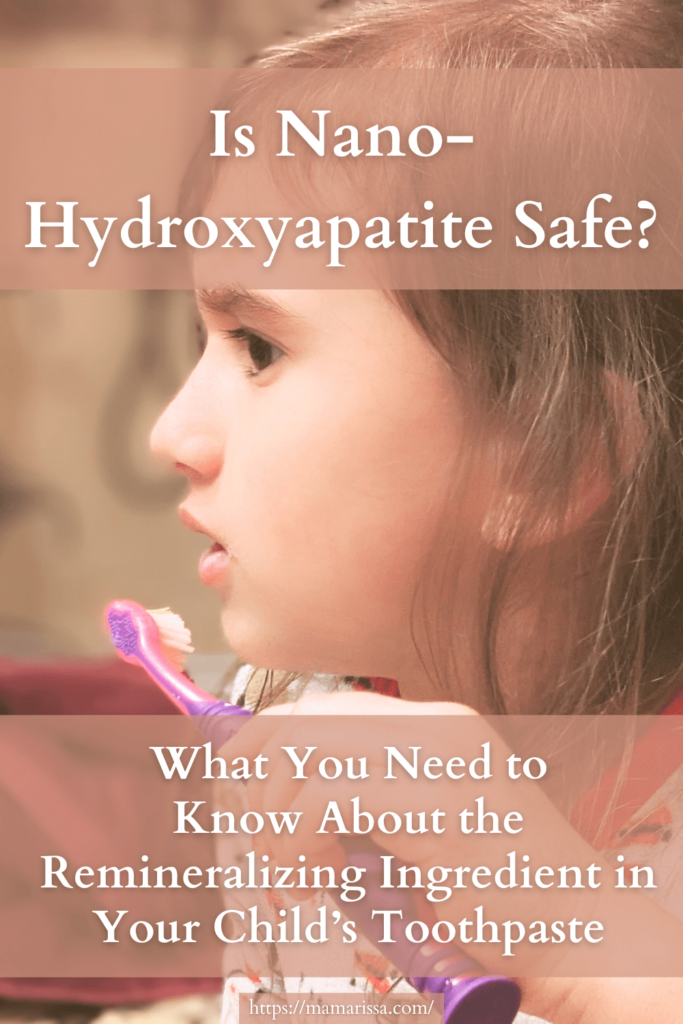
So this sent me on the hunt to find an answer to the suddenly urgent question … is nano-hydroxyapatite safe?
Hey Mama, if you find my blog posts helpful, would you help support this blog by making purchases through product links on this page? It will not cost you any extra but the commissions I receive as an Amazon and brand affiliate help to cover the costs of operating this blog so that I can keep it running ad-free. Thank you so much for your support. You are literally the reason this blog was started and the fuel that motivates me to keep it going!
Please note that I am not a dental or medical professional. Nothing in this post is intended to replace dental or medical advice. Please speak with your child’s dentist about any safety concerns you have about oral products for children.
Scroll to the bottom of this post to find a discount code for 15% off your order at WonderOralWellness.com!
What is Nano-Hydroxyapatite?
Before we answer the question of safety for nano-hydroxyapatite, let’s briefly discuss what it is. Simply put, it is hydroxyapatite broken down into nano particles – which means between 20 and 100 nanometers in size. That’s really, really tiny!
Regular (non nano) hydroxyapatite is only broken down into microcrystalline size, which is 5-10 microns/micrometers in size. For reference, 1000 nanometers equals one micron. Micro hydroxyapatite is not quite as fast and intensive at remineralizing teeth as nano-hydroxyapatite, but it is still effective (at the end of this post, I’ll tell you which micro/non nano hydroxyapatite toothpaste options I recommend).
Hydroxyapatite is known to be biocompatible in the human body because it naturally exists in the body,. But the concern with nano-hydroxyapatite is that the extremely small particles may be capable of traveling to parts of the body where it can enter cells and cause damage.
So now we have to figure out if it’s such a good idea to use that extra remineralizing nano-hydroxyapetite after all.
The Debate on Safety of Nano-Hydroxyapatite
If you do a Google search, you will find a variety of opinions on the research regarding the safety of nano-hydroxyapatite. Some articles sound rather frightening with their explanation of the damage nano-hydroxyapatite can cause.. Others seem completely confident in nano-hydroxyapatite’s safety.
Here are some examples:
Wonder Oral Wellness sells micro hydroxyapatite (non nano) tooth powder. In its article describing what hydroxyapatite is, Wonder states briefly that nano-hydroxyapatite may cross the blood-brain barrier, might be toxic and could damage our DNA. That is pretty scary sounding stuff!
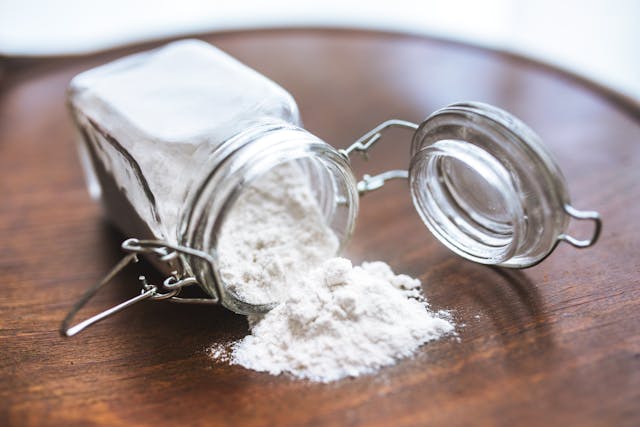
Bubble & Bee sells natural and organic hygiene products, including toothpaste – which does not contain any hydroxyapatite. In an article addressing the safety of hydroxyapatite, Bubble & Bee quotes multiple studies which indicate that nano-hydroxyapatite has been proven to be toxic and dangerous to various organs in animal studies. This also sounds pretty serious.
Bubble & Bee also wrote an update article on the safety of hydroxyapatite based off of new information and studies coming from Europe as of 2021 (more on that later). In this update, Bumble & Bee still claims nano-hydroxyapatite is ultimately toxic but also discusses safe options for using microcrystalline (non nano) hydroxyapatite toothpaste. This sounds slightly less scary but still disturbing.
Dr. Michelle Jorgensen is a holistic dentist who created her own tooth powder meant to remineralize teeth with safe ingredients. Her article dives deeper into the studies and science of how hydroxyapatite works and what has been proven to be safe. However, some of what she considers “safe” seems to contradict the European findings that we will be discussing below. I have reached out to her for more information on the type of hydroxyapatite she uses in her tooth powders. I am currently awaiting her response.
Dr. Brite is another hydroxyapatite toothpaste brand created by a dentist and a doctor. They also have an article addressing the safety of nano-hydroxyapatite and conclude that either hydroxyapatite (non nano) or government-approved nano-hydroxyapatite should be used. It is not clear from their website which one they use, but I reached out to them for clarification. They responded that they use a biomimetic hydroxyapetite that is non nano.
Biom is another natural company selling hygiene products, primarily nano-hydroxyapatite toothpaste and toothpaste tablets. In their article on the safety of nano-hydroxyapatite, they claim nano-hydroxyapatite is safe up to a concentration of 10% based on the research.
And you may have heard of Boka. Boka is a popular company selling nano-hydroxyapatite toothpaste. Their article declares that nano-hydroxyapatite is indeed safe.
With all these differing opinions, what are we supposed to conclude? Is nano-hydroxyapatite safe? Or is it actually toxic?
The Research on Hydroxyapatite
We have to look at the research to answer the question, “is nano-hydroxyapatite safe?” But the variety and number of studies on this topic can be overwhelming. And to be honest … the studies are about as confusing as the opinions of the natural toothpaste companies. There are so many conflicting study conclusions, it’s hard to know which ones are accurate.
I am not a scientist and I won’t pretend to know all the technicalities of how to perform a mammalian gene mutation assay. So when I read the results of an in vitro study, all I know is what the authors of the study conclude. But sometimes the conditions of the study are not appropriate for providing accurate information on how nano-hydroxyapatite interacts with human cells in real life.
So to determine whether or not I would be comfortable using a nano-hydroxyapatite toothpaste on my own kids, I looked to the experts in Europe.

The European Scientific Committee on Consumer Safety (SCCS) was asked several years ago to determine whether or not there is a possibility of toxicity from using nano-hydroxyapatite in oral cosmetic products. Since that time, the SCCS has reviewed numerous studies and written three opinion papers detailing their findings.
I read through each opinion and found myself shocked by some of the findings, only to be surprised again when some of those findings were considered invalid or insufficient due to incorrect testing procedures. I’ve found myself going back and forth on this issue, trying to decide how I feel about nano-hydroxyapatite personally.
Ultimately, I have to say that this topic deserves continued research. But there are definitely some helpful conclusions from the SCCS’s opinion papers. Let’s take a look at some of those conclusions.
SCCS 2016 Opinion
In a review of 65 studies on nano-hydroxyapatite, the SCCS published its initial opinion on the safety of nano-hydroxyapatite in 2016. Unfortunately, almost none of the studies submitted for review or retrieved from open sources by the SCCS followed acceptable guidelines for testing and reporting procedures.
However, these studies did yield some disturbing results, despite being insufficient. The main area of concern was in regard to needle-shaped nano-hydroxyapatite. Here is a summary of what the SCCS’s 2016 paper concluded on each topic of concern regarding the internal use of nano-hydroxyapatite:
| Acute Toxicity |
| ” … no conclusions on acute toxicity could be drawn … [One study] … indicated that needle-shaped crystals of hydroxyapatite can be a concern in relation to acute toxicity.” |
| Irritation and Corrosivity |
| ” No conclusions could be drawn … however … nano-hydroxyaptite might be irritating to mucous membranes.” |
| Dermal Absorption |
| “Not relevant … However, one study using needle-shaped nano-hydroxyapatite indicated systemic effects … indicating potential dermal absorption.” |
| Skin Sensitization |
| “No conclusion on skin sensitization could be drawn … “ |
| Repeat-Dose Toxicity |
| ” … there is no study available which would allow establishing a point of departure for risk assessment. However … needle-shaped nano-hydroxyapatite might be of concern in relation to systemic availability and possible toxic effects.” |
| Mutagenicity |
| “No conclusion could … be drawn … needle-shaped nano-hydroxyapatite might be of concern in relation to genotoxicity.” |
| Carcinogenicity |
| “Due to the absence of data, no conclusions could be drawn … “ |
| Reproductive Toxicity |
| “Due to the absence of data, no conclusions could be drawn … “ |
| Toxicokinetics |
| ” … indications mainly stem from studies performed with needle-shaped nano-hydroxyapatite … from the limited information available … if systemically available, nano-hydroxyapatite will be distributed to liver, kidneys and lungs. |
| Special Investigations (in vitro studies) |
| ” … if systemically available, nano-hydroxyapatite might effect cells when it adheres to the plasma membrane (e.g. of blood cells) or when it reaches the intracellular compartment.” |
The ultimate conclusion of the SCCS’s 2016 opinion was that there was not enough accurate information to determine if nano-hydroxyapatite is safe but that needle-shaped particles should not be used in cosmetics.
SCCS 2021 Opinion
After receiving more information and studies, the SCCS issued an updated opinion in 2021 on the safety of nano-hydroxyapatite. In this second opinion, the SCCS stated that the nano-hydroxyapatite under review for safety consisted only of rod-shaped particles and no needle-shaped particles.
This review intended to determine whether hydroxyapatite nano particles can be absorbed through mucosal cells (found in the mouth) or the intestine lining. If it can, then there is concern about what systemic toxicity might result from the use of nano-hydroxyapatite.

There are many studies listed in this opinion as well. However, once again, many failed to follow required guidelines or proved themselves to be unreliable. Consequently, this opinion formed a limited conclusion. But the 2021 opinion did offer a bit more clarification on the safety questions raised about nano-hydroxyapatite.
The opinion concluded that nano particles of hydroxyapatite either do not invade mucosal cells or they do not invade past external layers of the cells and therefore do not cause damage or mutation. In regards to digestive absorption, nano-hydroxyapatite was concluded to completely dissolve in digestive acid and, as a result, is not considered to be a concern.
Therefore, the 2021 opinion concluded that nano-hydroxyapatite in non-needle form used in oral cosmetics (like toothpaste) does not carry a systemic toxicological risk. In terms of local toxicity and genotoxicity, these were the conclusions:
| Local Toxicity |
| ” … no toxicity was revealed … 3.1% HAP-nano was not cytotoxic for the tissues after an incubation period of 48hr. “ |
| Mutagenicity / Genotoxicity |
| ” … valid studies were not provided … The results of the provided studies are not acceptable … Therefore the SCCS cannot exclude concerns over the genotoxic potential of HAP-nano.” |
Hence, the SCCS was unable to determine in its 2021 opinion whether nano-hydroxyapatite is genotoxic.
SCCS 2023 Opinion
In its 2023 opinion, the SCCS focused on determining the potential for genotoxicity with use of nano-hydroxyapatite: Since the issue of systemic toxicity had already been addressed in the previous opinions, all that remained was to discover whether nano-hydroxyapatite could cause cell mutations. Here is the summary of the SCCS’s findings:
| Local Toxicity |
| ” … no toxicity was revealed … one should not expect any toxic effects … 3.1% HAP-nano after an incubation period of 48 hr was not cytotoxic to the mucosal cells.” |
| Cellular Internalization of HAP-nano |
| “Uptake of HAP-nano by … mouse lymphoma cells was tested in all experimental conditions used for the mammalian gene mutation test and the micronucleus assay. The uptake by … cells was demonstrated … “ |
| Mutagenicity/Genotoxicity |
| “The results showed that HAP-nano did not induce gene mutation … Based on these valid in vitro study results on gene mutations and micronucleus tests … HAP-nano does not pose a genotoxicity hazard.” |
To put it simply. the ultimate conclusion was that non-needle nano-hydroxyapatite does not alter cells. The SCCS determined that nano-hydroxyapetite is considered safe when it does not exceed 10% in toothpaste and when the particles are rod-shaped without any coating or modification.
For your reference, this is the brand of nano-hydroxyapatite the SCCS specifically evaluated and noted as safe. It is a synthetic version of nano-hydroxyapatite that is sold to toothpaste manufacturers for use in their products.
Is Nano-Hydroxyapatite Safe for Your Child?
So after reviewing all of this research, how do I feel about nano-hydroxyapatite? I feel like there are still concerns raised by some of the studies performed which did show problems with the use of nano-hydroxyapatite. Although most studies did not adhere to guidelines, even the SCCS could not completely ignore the detrimental results of some of them.
I am open-minded at this point regarding nano-hydroxyapatite. I would like to see continued research into this and I hope that it proves to be completely safe, since it is such a wonderful way to remineralize teeth. But truthfully, for my own kids, I feel more comfortable sticking with the non nano hydroxyapatite for now.
So what should you do? Is nano-hydroxyapatite a safe option for your child?
Well, I’ll tell you what I always tell my readers: Do your own research and talk with a dentist (holistic if possible) about it. And never ignore your mama instincts.
And if you, like me, determine you prefer to stick with a non nano hydroxyapatite toothpaste for your little one, I have a couple of really good options I can recommend from personal experience.
This is the toothpaste I’ve been using on my daughter for the past four years. This micro hydroxyapatite (non nano) toothpaste has definitely helped remineralize her teeth and has played a part in stopping her tooth decay. I also love it because it reduces my sensitivity and cleans my teeth better than Sensodyne. I have also had a very positive experience dealing with the company. They have excellent customer service and are very responsive.
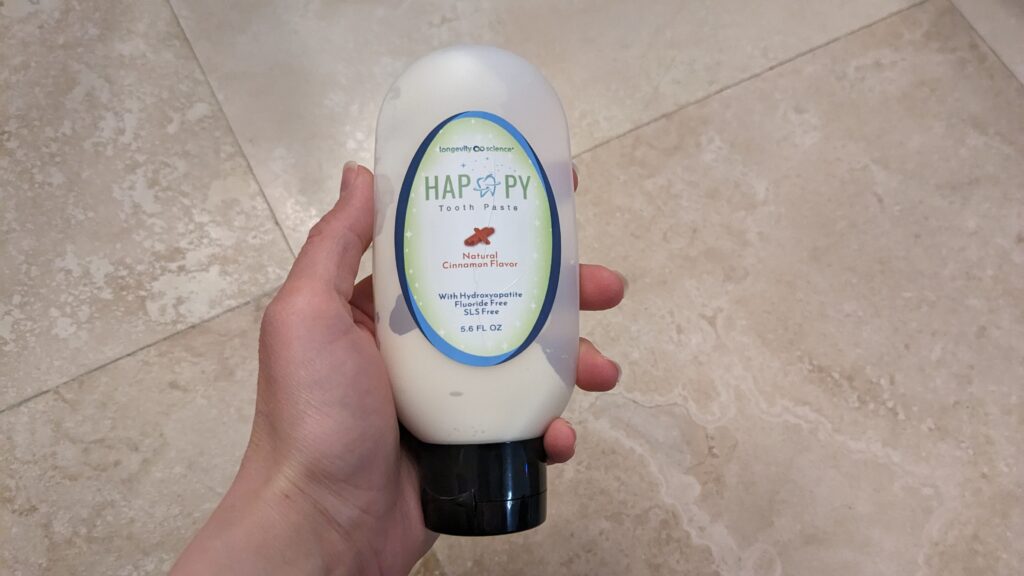
Additionally, their hydroxyapatite is sourced from cow bones in Australia or New Zealand. And while it is microcrystalline in size, Happy processes the hydroxyapatite to make it small enough to fill the dentin tubules, reducing sensitivity and remineralizing teeth more effectively. However, I confirmed with the company that their hydroxyapatite is still non nano.
You can check out their pure ingredients list here.
This is a tooth powder I recently discovered and have also had an exceptional experience with. Wonder Oral Wellness tooth powder has only pure, remineralizing ingredients, including micro hydroxyapatite (non nano), which comes from Australian cow bones.
This tooth powder cleans and helps my sensitivity just as well as the Happy toothpaste. It is a great option for remineralizing and cleaning your child’s teeth with something you can trust is safe and effective. Also, a plus of using a tooth powder is that it has a longer shelf life since there is no water in it.
Something else I really love about the company is that they are very eco-friendly. All of their packaging and products are recycled, recyclable or biodegradable, including their floss and toothbrushes.
Wonder also has exceptional customer service.
And bonus! Use my Mama Rissa exclusive discount code to get 15% off your entire order!

For more options, stay tuned! I am currently in the process of researching and testing out various brands of hydroxyapatite toothpastes to help you decide on the best product to remineralize your child’s teeth. Sign up for my email list below to be notified when I publish my comprehensive list of nano and non nano-hydroxyapatite toothpastes!
In the meantime, if you are currently in the midst of fighting childhood tooth decay, check out some of my other posts on the topic to learn about more natural treatment options:
Also, join my Facebook support group for Parents of Young Children with Tooth Decay. While this group does not replace advice from a dentist, you will find a lot of info and support from other parents going through the same thing.
And lastly, if you found this post helpful, please remember to share it with your friends who may also need this valuable information!
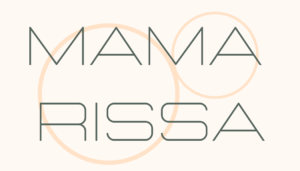
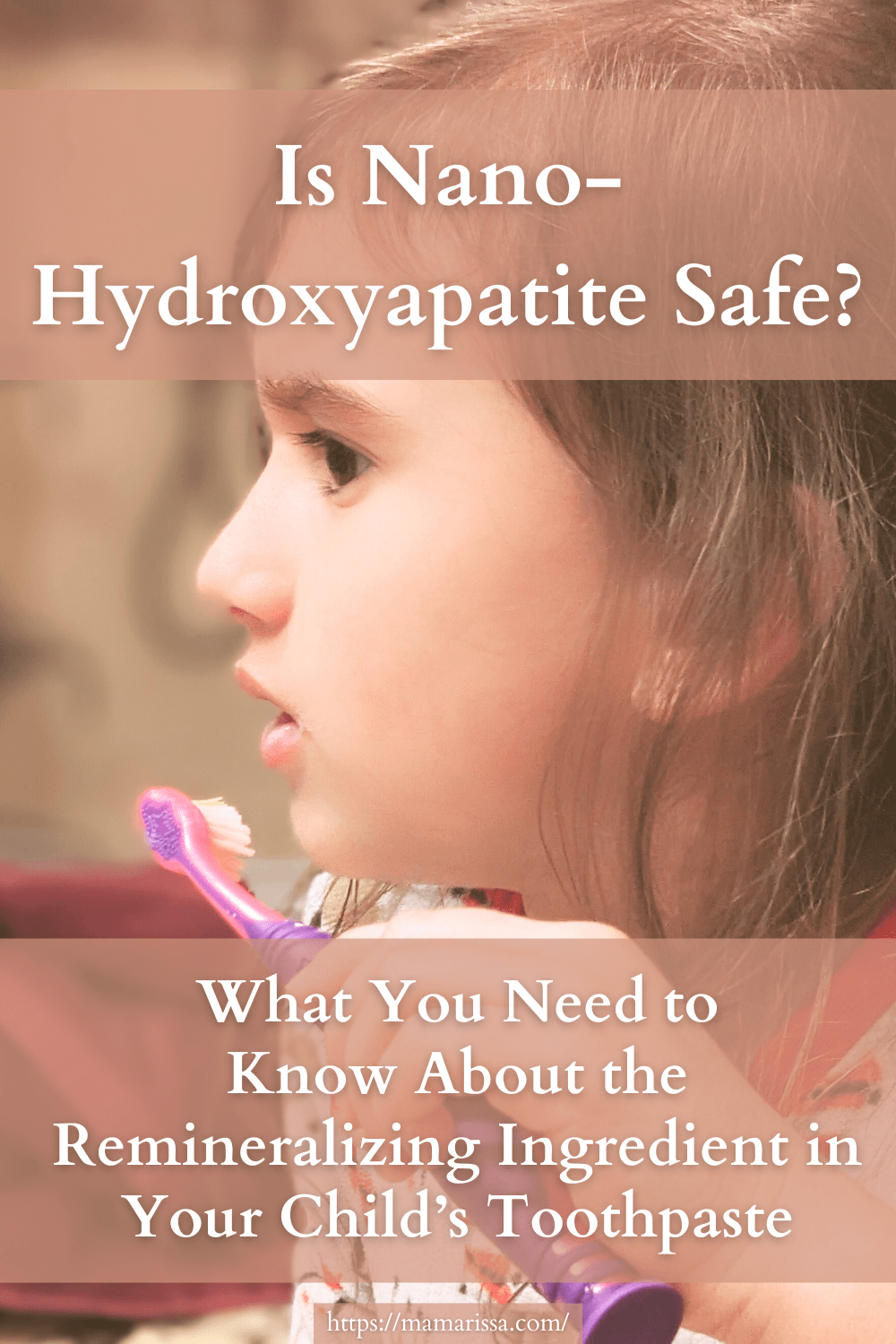



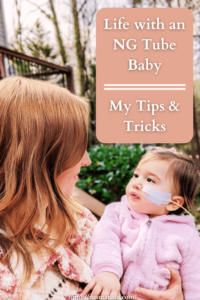

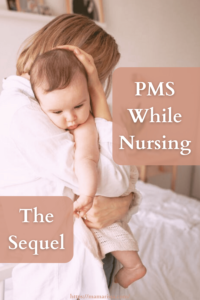
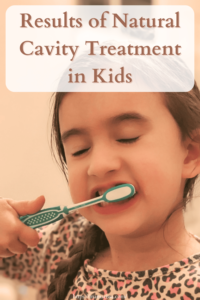
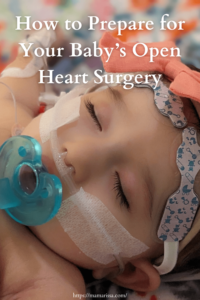
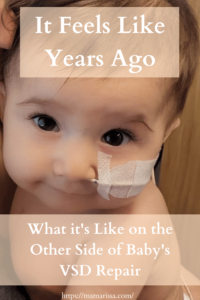
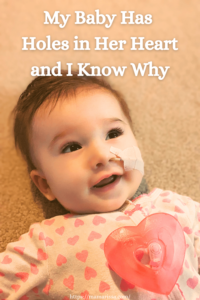
Leave a Reply